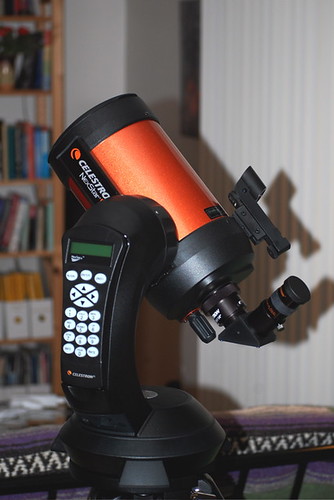Claire asks, “Do you ever keep your breeding pairs together all year round? Does this seem to cause any problems?” For the most part I do, although reptile keeper conventional wisdom suggests otherwise.
The rule of thumb is that keeping breeding pairs separately increases the chances of reproductive success when you do put them together. It’s part of the conditioning process, like hibernation: it apparently makes them more eager and receptive. Of course, many reptile keepers prefer to keep their snakes separately regardless of whether they’re breeding them. While that’s a full discussion in and of itself, it’s relevant in that introducing breeding pairs for brief periods is frequently done in that context.
I’m a dissident in that I will keep snakes two or three to the tank in the first place: I keep siblings and breeding pairs (or trios) together, and I have been known to keep compatible snakes of different species together (so long as they’re similar in terms of size and habitat, won’t eat each other, and are the same sex so that they won’t hybridize). But, when I had a breeding pair of Wandering Garter Snakes, I kept them separately, because they’re cannibalistic. Introducing them for breeding purposes worked: they were interested in screwing one another, rather than eating one another. (I’ve had worse luck with kingsnakes in that regard.) With other snakes that have little to no risk of cannibalism — such as my corn, pine, gopher and garter snakes — I frankly couldn’t be bothered. They’re kept together, and they breed if and when they feel like it.
Most of the time they do breed; my problem of late has not been one of interest, but of fertility — I’ve seen a lot of bad eggs over the past two years. Personally, I think hibernating them is far more important to breeding success than keeping them separately. Especially since keeping them separately can impede breeding success in at least one scenario: your snakes may be interested in breeding, but not necessarily at the moment you’ve put them together. If you don’t make sure they’re together during their breeding window, you don’t get eggs.

